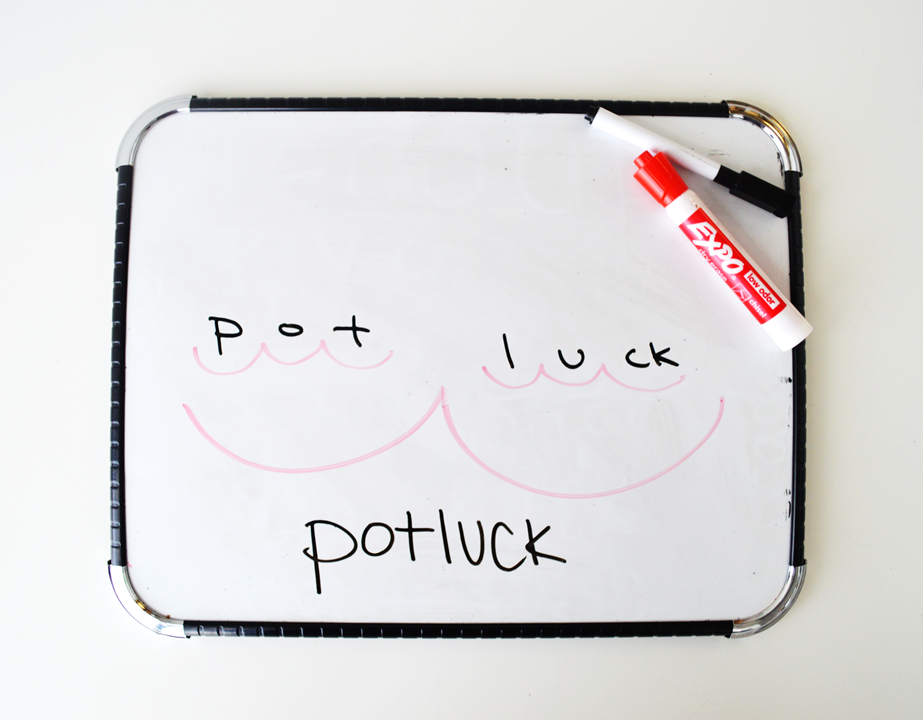The Best Strategy When Spelling Words Aren't Sticking...
As a parent, it can be incredibly frustrating to watch your child struggle through the weekly spelling word lists. Depending on what type of list is coming home this can be pure torture.
Hopefully, your child is receiving a patterned list that follows one concrete pattern like "Magic E" in which you might get a list including words such as take, home, sale, date, note, etc., or words that follow more complex patterns like night, sight, sleigh, and neighbor in which "igh" says “I” and "eigh" says “A.”
In the best scenario, this pattern of words has been systematically designed and well thought out.
These types of lists are the best in order to use strategies that actually work to help your child begin to generalize the spelling rules of the English language.
If your child is not receiving word lists that seem to follow any phonetic pattern make sure to ask your child's teacher about what strategy is being used to teach spelling words. All too often, well-meaning teachers send home words that are derived from vocabulary practice which is the absolute worst way to teach spelling and will lead to no retention and nothing but frustration for our struggling students. Once we have a more patterned list, as mentioned above, we can get to work on cementing strategies that work for our children.
This is where we come back to our topic of the month:
Phonological Awareness
Phonological awareness ability is key to being able to identify how many syllables are in a word, and from there how many sounds are in each syllable. This is important because we can use it to apply an incredibly effective spelling strategy:
Scoop Spelling
So what is "scoop spelling," you ask? Great question. Scoop spelling is the process of identifying:
1. How many syllables are in the word?
Once this has been established your child will create a scoop for each syllable they hear in the word. If it's a one-syllable word, there should be one scoop, if it's a two-syllable word, there should be two scoops, so on and so forth.
After this has been established and the scoops have been created, your child will need to isolate the first syllable. For example in the word: potluck, your child will need to identify the word has two syllables and therefore needs two scoops. After the scoops have been drawn your child will need to focus on the first syllable: "pot."
2. How many sounds are in each syllable?
Once we have isolated the first syllable, we will need to determine how many sounds are in that syllable. In the word "pot" we have three sounds /p/ /o/ /t/. Therefore we need to draw three mini scoops inside the big scoop. At this point, your child should tie a letter or letter group to each mini scoop. Then you move on to the next syllable and do the same thing.
Having patterned lists is critical in making this work because often you will have letter patterns such as "igh" all working together to say I - in this case, you only have one scoop but three letters that are tied to that scoop. You can imagine how difficult this would be if none of the words had a common phonetic theme and were all randomly assigned.
Scoop spelling is an incredibly powerful tool for struggling spellers. It does require a higher level of thought process than simply memorizing but the results are worth the effort. Not only will students retain their spelling words better utilizing this strategy, but it will also help to build phonological awareness skills which support both reading and spelling skills forever.
If you are looking for activities to support spelling and phonological awareness, check out our 5 Core Components of Literacy Activity Library!


